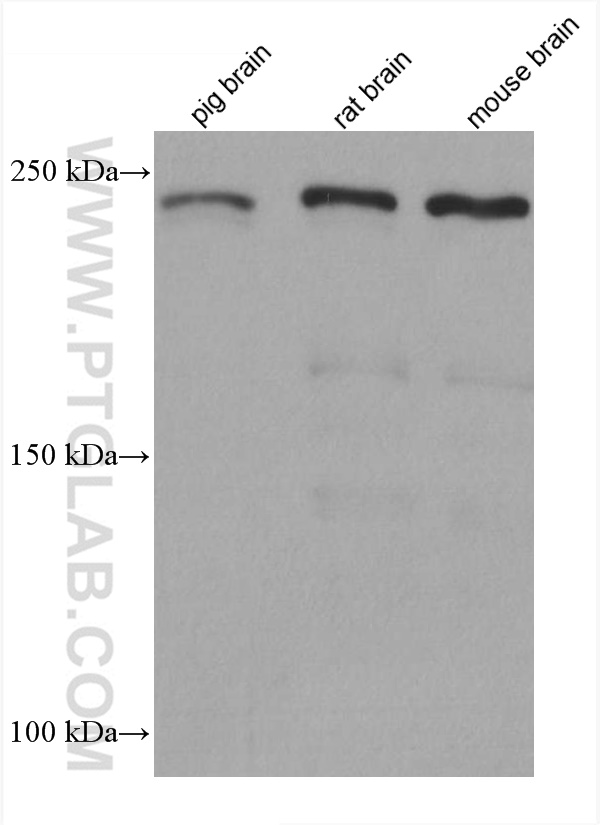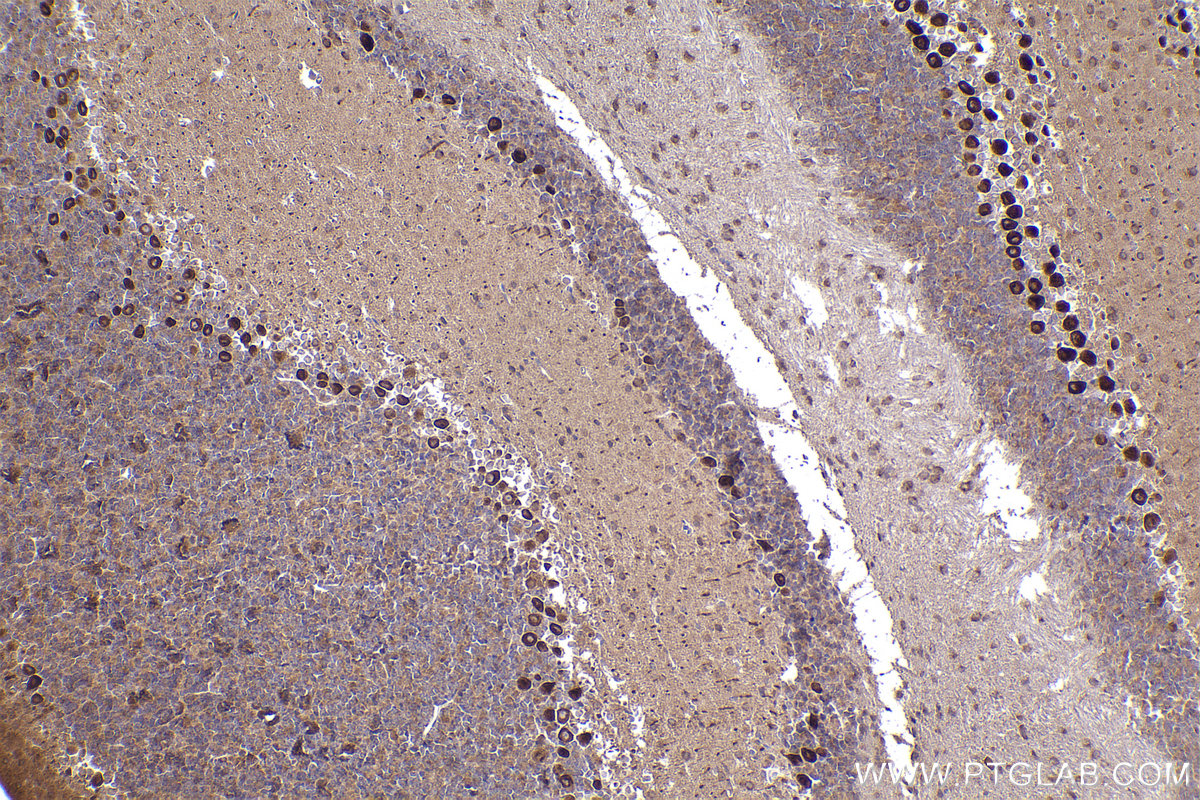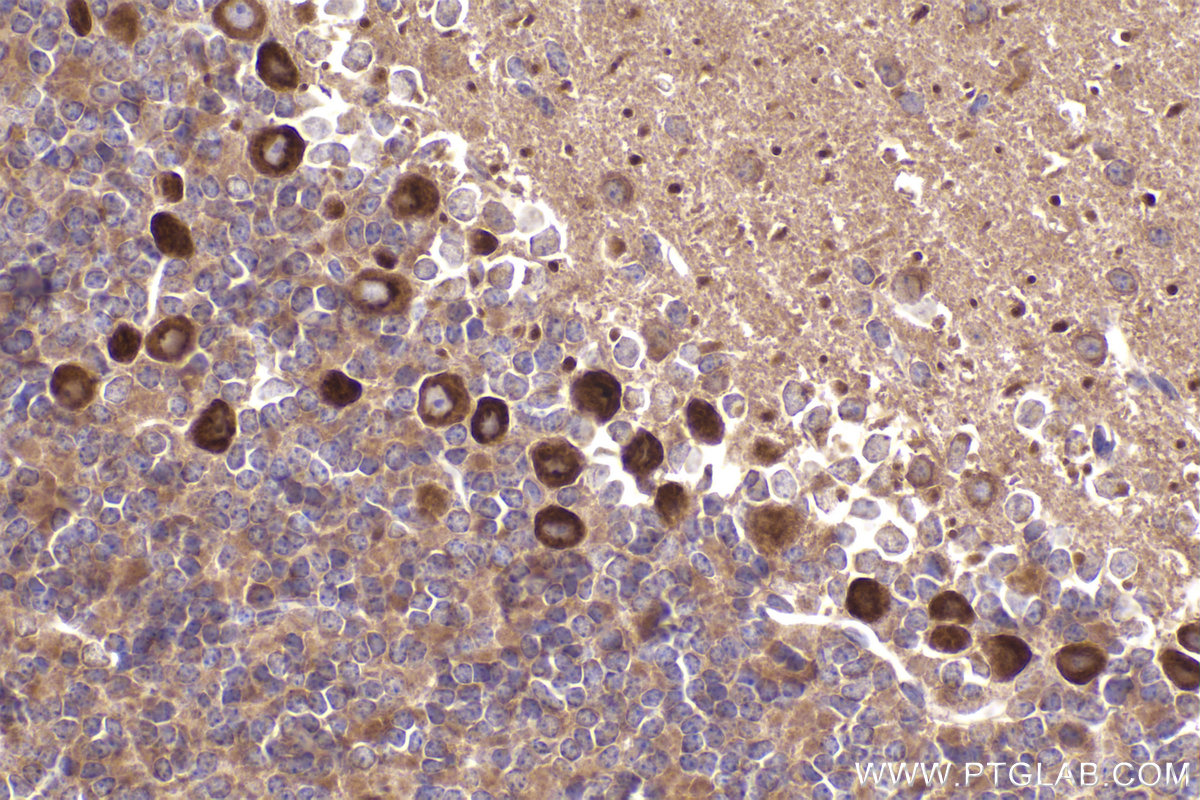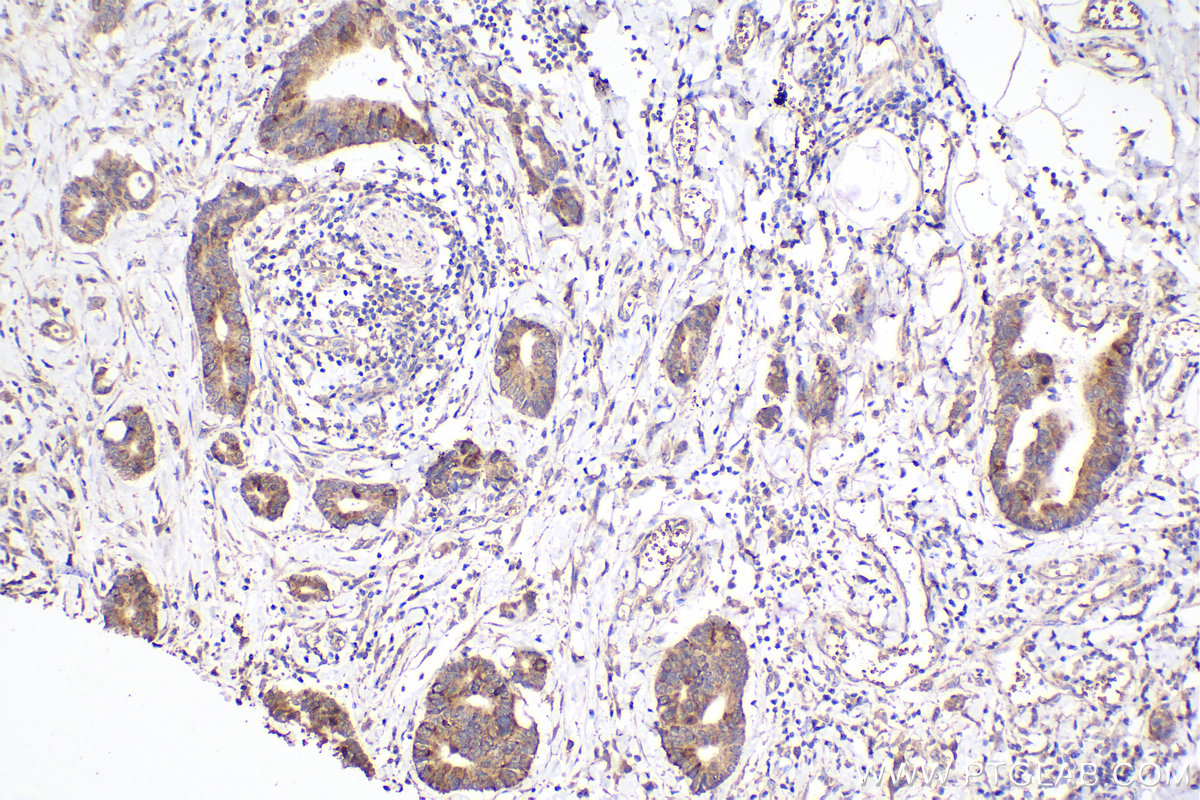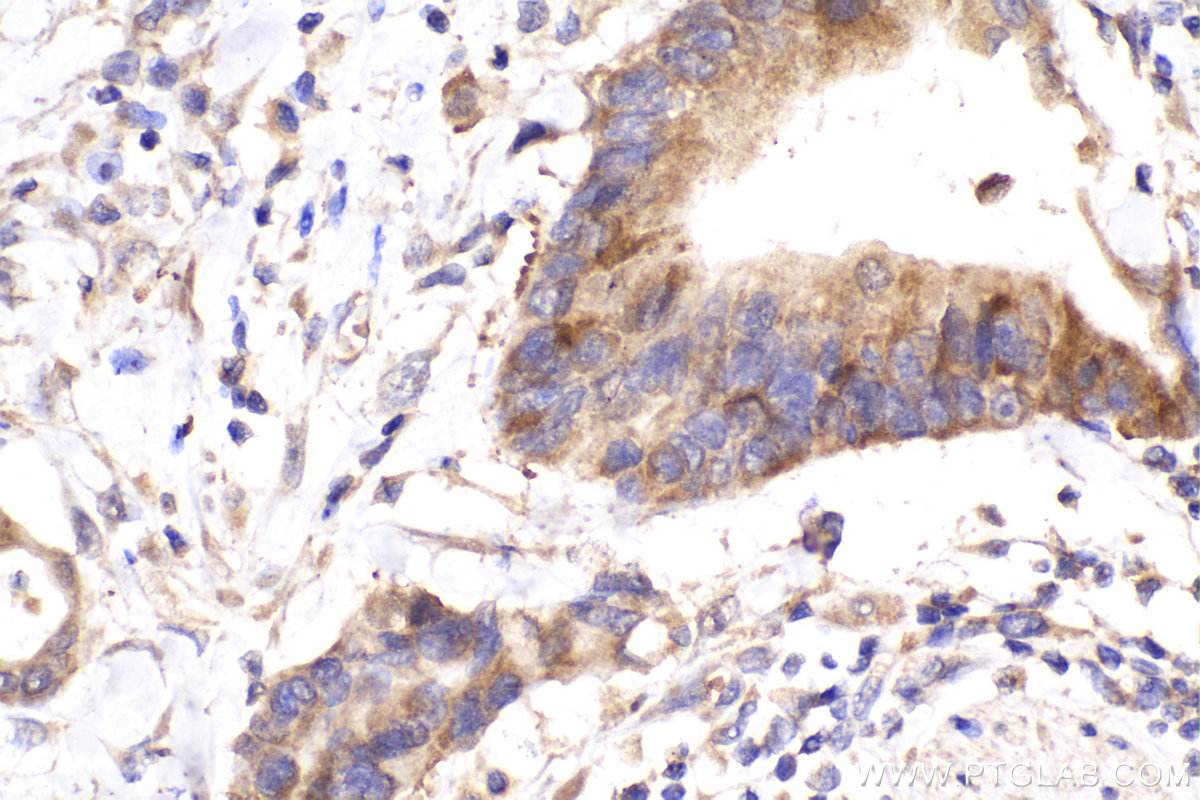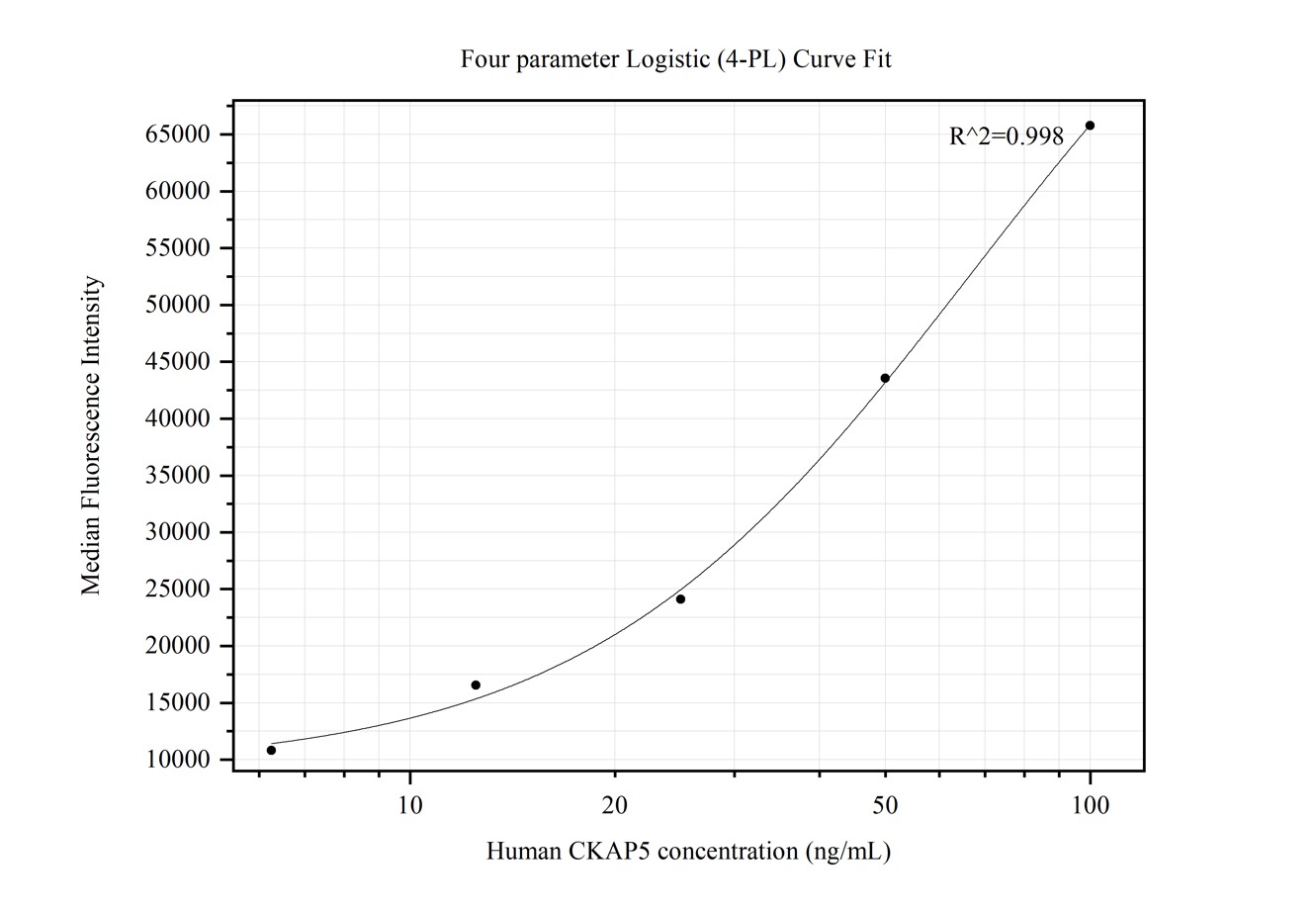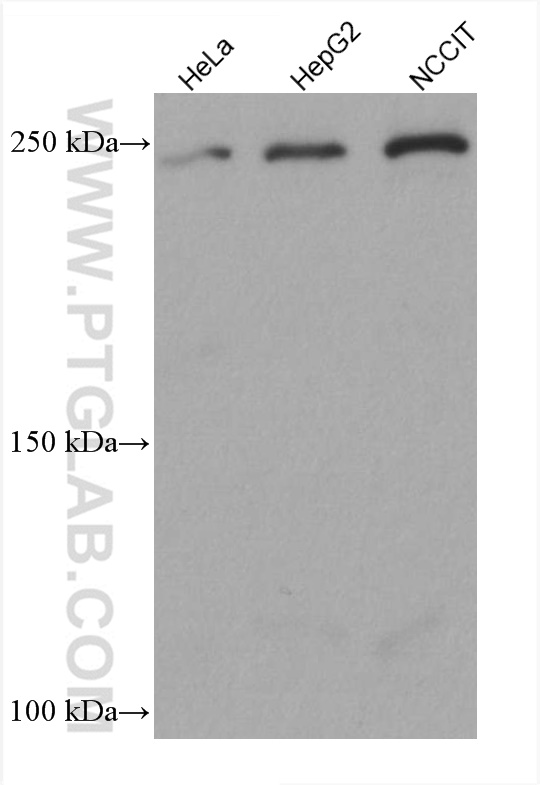验证数据展示
产品信息
67631-1-PBS targets Ch-TOG as part of a matched antibody pair:
MP50224-1: 67631-2-PBS capture and 67631-1-PBS detection (validated in Cytometric bead array)
MP50224-2: 67631-1-PBS capture and 67631-3-PBS detection (validated in Cytometric bead array)
Unconjugated mouse monoclonal antibody pair in PBS only (BSA and azide free) storage buffer at a concentration of 1 mg/mL, ready for conjugation.
This conjugation ready format makes antibodies ideal for use in many applications including: ELISAs, multiplex assays requiring matched pairs, mass cytometry, and multiplex imaging applications.Antibody use should be optimized by the end user for each application and assay.
| 经测试应用 | WB, IHC, IF/ICC, Cytometric bead array, Indirect ELISA Application Description |
| 经测试反应性 | human, mouse, rat, pig |
| 免疫原 |
CatNo: Ag28770 Product name: Recombinant human CKAP5 protein Source: e coli.-derived, PET28a Tag: 6*His Domain: 1-349 aa of BC120869 Sequence: MGDDSEWLKLPVDQKCEHKLWKARLSGYEEALKIFQKIKDEKSPEWSKFLGLIKKFVTDSNAVVQLKGLEAALVYVENAHVAGKTTGEVVSGVVSKVFNQPKAKAKELGIEICLMYIEIEKGEAVQEELLKGLDNKNPKIIVACIETLRKALSEFGSKIILLKPIIKVLPKLFESREKAVRDEAKLIAVEIYRWIRDALRPPLQNINSVQLKELEEEWVKLPTSAPRPTRFLRSQQELEAKLEQQQSAGGDAEGGGDDGDEVPQIDAYELLEAVEILSKLPKDFYDKIEAKKWQERKEALESVEVLIKNPKLEAGDYADLVKALKKVVGKDTNVMLVALAAKCLTGLAV 种属同源性预测 |
| 宿主/亚型 | Mouse / IgG1 |
| 抗体类别 | Monoclonal |
| 产品类型 | Antibody |
| 全称 | cytoskeleton associated protein 5 |
| 别名 | CKAP5, 1H5G1, ch TOG, Colonic and hepatic tumor overexpressed gene protein, Cytoskeleton-associated protein 5 |
| 观测分子量 | 220-240 kDa |
| GenBank蛋白编号 | BC120869 |
| 基因名称 | Ch-TOG |
| Gene ID (NCBI) | 9793 |
| RRID | AB_2882832 |
| 偶联类型 | Unconjugated |
| 形式 | Liquid |
| 纯化方式 | Protein G purification |
| UNIPROT ID | Q14008 |
| 储存缓冲液 | PBS only, pH 7.3. |
| 储存条件 | Store at -80°C. The product is shipped with ice packs. Upon receipt, store it immediately at -80°C |
背景介绍
Ch-TOG (colonic hepatic tumor-overexpressed gene), also known as XMAP215 or CKAP5, is a microtubule polymerase which can promotes cytoplasmic microtubule nucleation and elongation. Through interacting with Aurora-A and TACC3, it plays a major role in organizing spindle poles.

